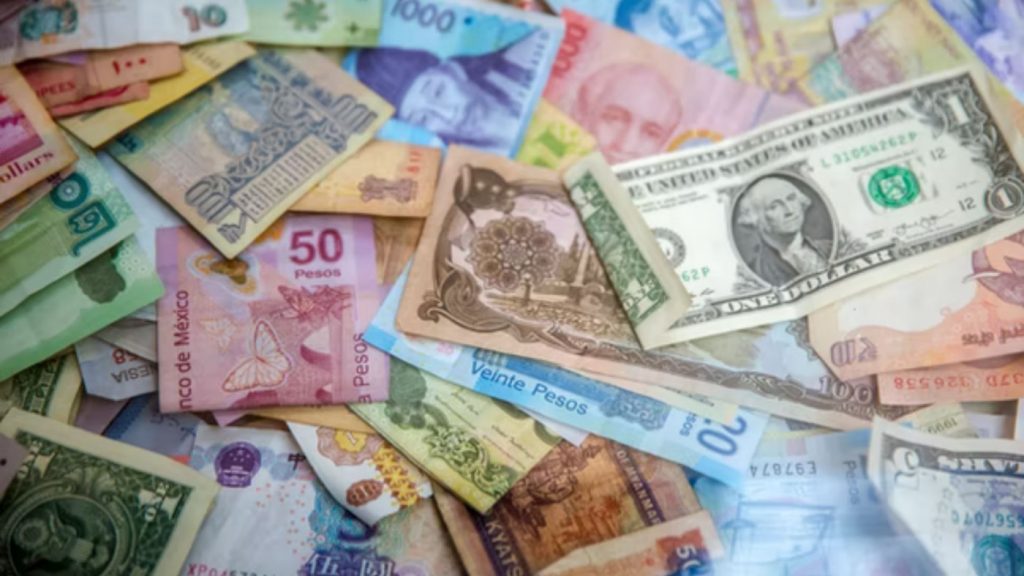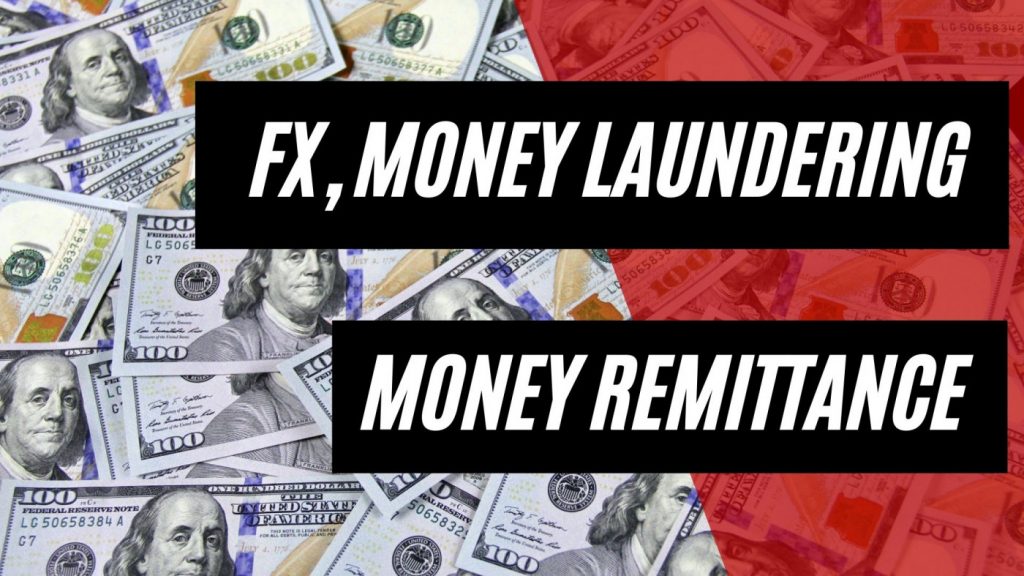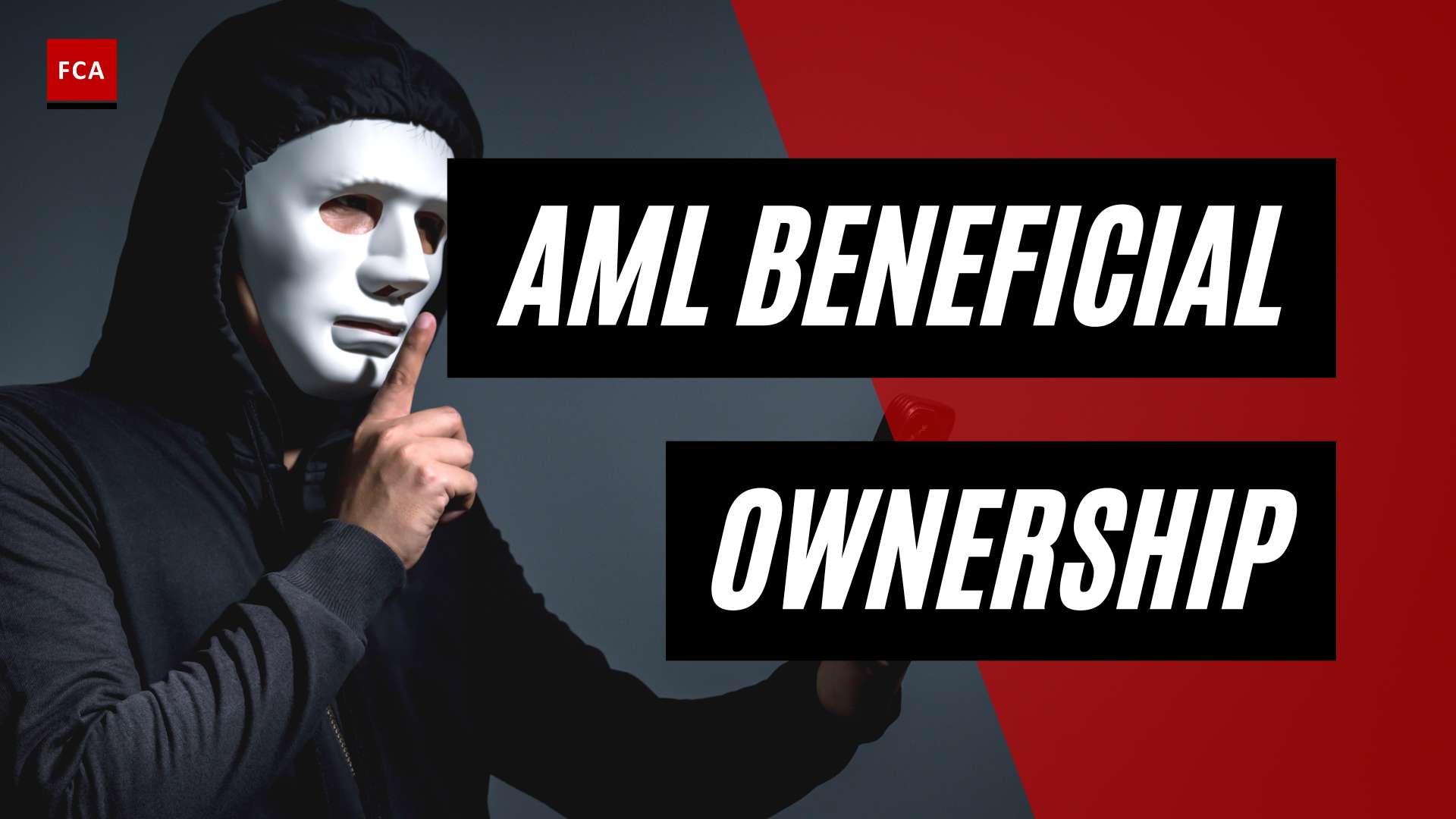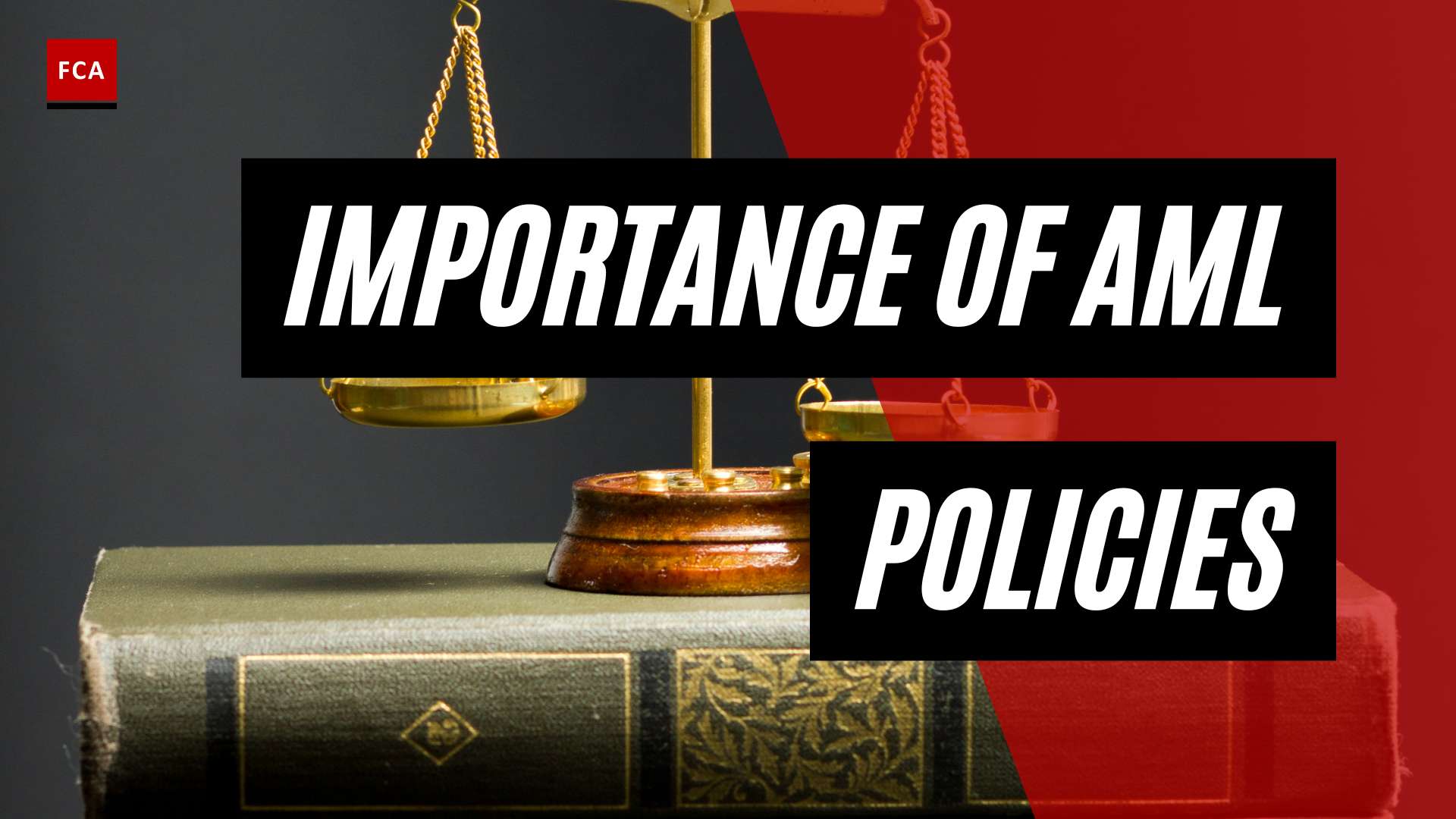FX, AML, and money remittance: what are they and how do they interact? We’ll be exploring these themes and what they mean in our modern online world throughout this article.
The word ‘remittance’ is born out of the word ‘remit’, meaning ‘to send back’; more money than ever before is being sent via foreign exchange money remittances from one party to another overseas, which can cover everything from business transfers, to sending money to family and friends overseas. The two main factors that have led to this increase in remittances are firstly to do with migration and secondly to do with how globally connected businesses now are.
When we hear about Lebanese banks swallowing at least $250m in U.N. Aid, it begins to paint a picture of how money laundering can be carried out through forex trading and remittance. Finance criminals can often use the popularity and frequency of foreign currency exchanges to help shield their illegal activities, which has in turn increased the risk factors in this sector considerably.
Table of Contents
- Key Takeaways
- Why Is Foreign Exchange Money Remittance On The Rise?
- What Money Laundering Risks Are There For FX And Remittance?
- How Do We Prevent AML Risks In FX?
- Summary
Key Takeaways
- FX provides a ‘soft spot’ for criminals who may take advantage of the differences between jurisdictions on the world stage as well as the relative anonymity that it provides.
- FX service providers must comply with AML regulations in order to curb the rise in AML through remittance.
- There must be sustained commitment by service providers to assess and update AML red flags on a regular basis and to characterize and track behaviors.
- Remittances amounted to $717bn worldwide in 2019.
Why Is Foreign Exchange Money Remittance On The Rise?
Money remittances are sent between people in two different countries in order to make monetary payments, which involves a change in currency. With the rise of the internet, the global market has never been smaller: businesses across the world are able to collaborate with clients, contractors, employees and suppliers, granting them access to the largest talent pool possible and making businesses easier than ever to build successfully.
In addition to this, there has also been a rise in migration, also likely partly owed to the boom in the internet, and therefore ease of cross-country job applications and therefore foreign residency being granted. It is, therefore, no wonder that there has been a sharp increase in overseas remittances being paid globally each day.
A great example of this is the UAE, as the UAE is home to one of the largest expat populations in the world; everyone across the working field from white collar to blue collar workers who frequently and exhaustively use money remittance services. The UAE reported that $23 billion was remitted in just the first quarter of 2018, and even with the global financial crisis brought on by COVID 19, the UAE still saw $21bn in personal expat remittances in the first half of 2020.
Technology has allowed for the moving of funds to be easier than it has ever been before, which is why it is so important that action is taken to mitigate the upward trend in money laundering. The rise in the monetary amount, frequency and volume of remittances has contributed to the issues and complexity of money laundering risks posed to foreign currency exchange service providers, as well as there being a growth in the amount of foreign currency exchange providers themselves.

What Money Laundering Risks Are There For FX And Remittance?
This is a saved paragraph style for the single blog post format. Please duplicate this module to create as many paragraphs as you want to use for your post. This is a saved paragraph style for the single blog post format. Please duplicate this module to create as many paragraphs as you want to use for your post. This is a saved paragraph style for the single blog post format. Please duplicate this module to create as many paragraphs as you want to use for your post.
The Problem of Anonymity:
Whilst financial service firms usually have quite stringent measures of identity verification in place, many foreign currency exchange services do not: this allows criminals to effectively launder money almost without trace or trackability to them. The nature of remittance also means that it is easy for criminals to use money mules make the money transfers for them. The rise in FX services and service providers also makes it more difficult for the authorities themselves to track and trace.
Blurring the source through Structuring:
‘Structuring’ is a common tactic of criminals to cloak the source of funds if it is embedded within a legitimate financial system. The nature of disparities between AML regulations and the use of a range of identities, individuals and firms, allows for the series of transactions to exploit holes and ultimately disappear in the multitude of transactions.
Beneficial Ownership – Whose Money Is It?
Criminals can use a number of tactics to blur the lines of who owns the money or the business involved in the money laundering. One of these tactics is to actually buy the FX firm itself, or to use a sub-agent to buy it on their behalf. A further tactic is to own firms or business through other actors or agents, either via financial incentives or under duress or coercion. CDD (customer due diligence) checks will then be circumvented by criminal actors.
Disparity in Regulation and in Jurisdiction:
International financial authorities have been set up to help bridge the gap between jurisdictions between countries and global financial institutions, however, sometimes communication is not carried out in a way that successfully tackles money laundering, as international laws can be tricky to both create, track and enforce.
How Do We Prevent AML Risks In FX?
The best ways to prevent AML Risks in FX are through:
- Look out for PEPs (politically exposed persons) who are likely to have more at their disposal to be able to carry out the money laundering in the first place. Check for sanctions and carry out the relevant screenings.
- Employ a dedicated compliance regulator who oversees compliance at all levels of the business and who oversees audits of the business.
- Perform CDD checks and at regular intervals.
Summary
In order to mitigate the chances of our company falling foul to FX money laundering, it’s important to look out for these key factors:
- Transactions that are made to high-risk companies or of a large amount
- A lack of disclosure around the nature or reason for the transaction, or limited details about the payee or relationship between the payee and customer.
- Signs of structuring: customers who are moving money across multiples entities and foreign currencies
- Money being moved over the internet
- Customers who are moving monetary amounts that go over the threshold of what is seen as a regular transaction amount
As long as these risk factors are managed, businesses can create fighting forces again money laundering.









